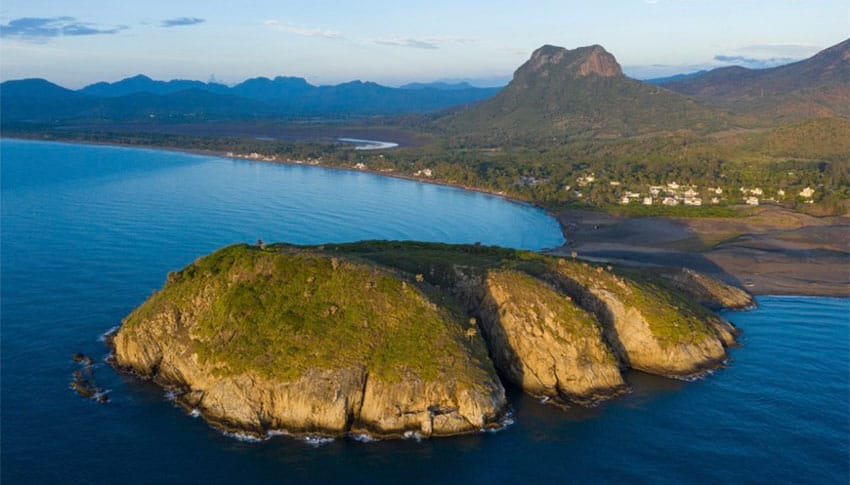Underwater archaeologists have found two more anchors off the coast of Veracruz that could belong to ships scuttled by Spanish conquistador Hernán Cortés in 1519.
The National Institute of Anthropology and History (INAH) said in a statement that the characteristics of the large iron anchors suggest that they date back to the 16th century. Archaeologists believe that the anchors either belonged to Cortés’ ships or other Spanish ships that moored off the coast of Veracruz later in the same century.
A team led by INAH archaeologist Robert Junco found the anchors in the Gulf of Mexico north of the port city of Veracruz.
Cortés scuttled 10 of his 11 ships in the area to quell a rebellion, leaving his men with no option but to accompany him on his expedition inland to the Mexica city of Tenochtitlán.
Junco explained that the discovery was made 300 meters north of where a 15th-century anchor with a crosspiece made out of oak from northern Spain was found in 2018.

Both anchors are larger than that found last year: one is 3.68 meters long and 1.55 meters wide, while the other is 2.6 meters by 1.43 meters. Unlike the 2018 discovery, there was no wood attached to either of them.
INAH said the anchors were found at depths of between 10 and 15 meters and were buried in between one and 1.5 meters of sediment. Both are in good condition as they were protected by the sediment that covered them. They were reburied and left in situ in accordance with archaeological protocols, INAH said.
Christopher Horrell, a United States archaeologist participating in the project to search for Cortés’ sunken ships, said the design of the anchors was consistent with those made in the 16th century.
Junco said it was not clear if the three anchors belong to the same historical time but added that their alignment to the southeast suggested that they were anchored in the port formerly known as Villa Rica, which protects ships from northerly and northwesterly winds.
The archaeologists said they will next explore 15 sites where they believe they could find even more anchors.
If anomalies detected by magnetometers on the seafloor are anchors, Junco said, “it would reaffirm the hypothesis that we are in the port that was [known as] Villa Rica . . . or the other assumption that we’ve found the place where Cortés’ fleet was sunk . . .”
The project to search for Cortés’ ships began last year off the coast of Actopan, Veracruz. This year is the 500th anniversary of the Spanish conquistador’s arrival in the land that would become Mexico.
Descendants of Cortés and Aztec emperor Moctezuma II met in Mexico City last month to mark the 500th anniversary of their ancestors’ first meeting.
Mexico News Daily
